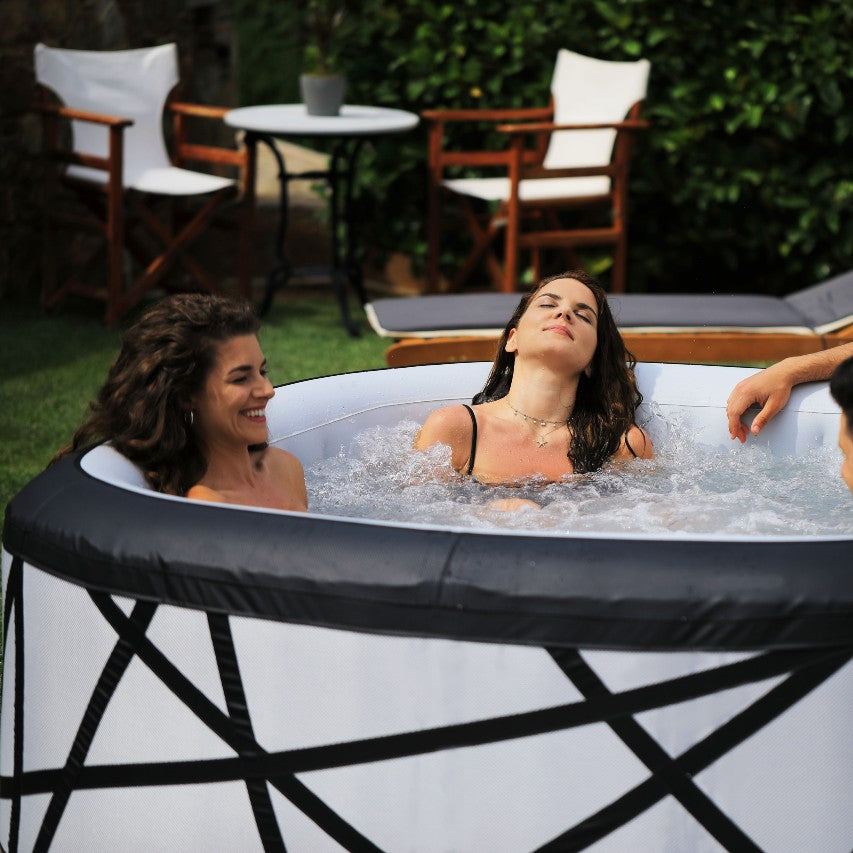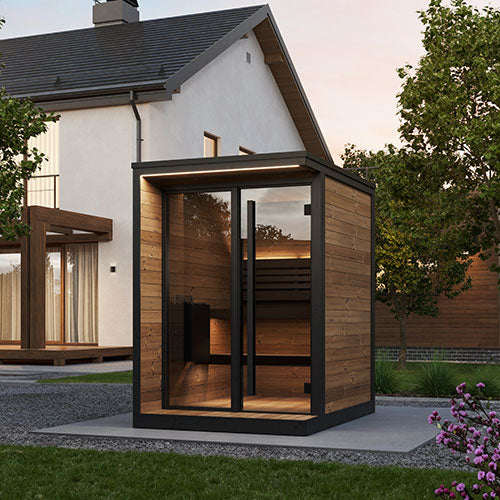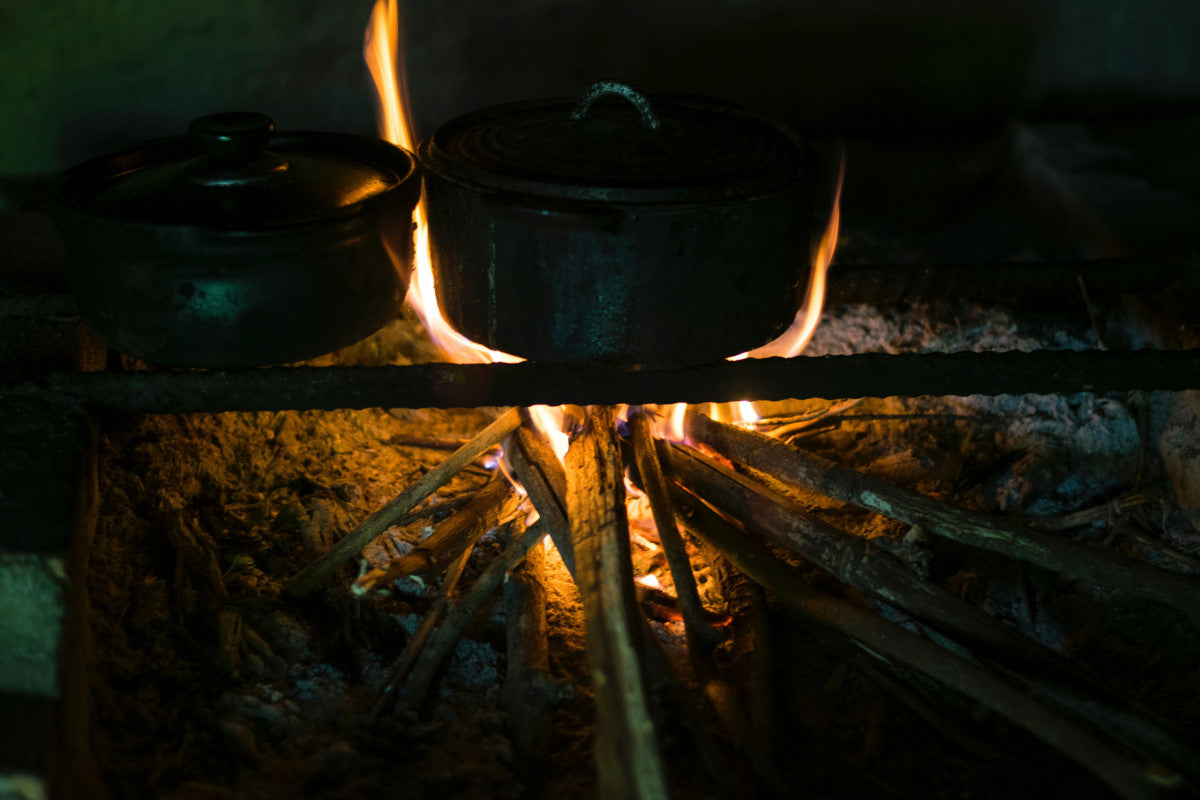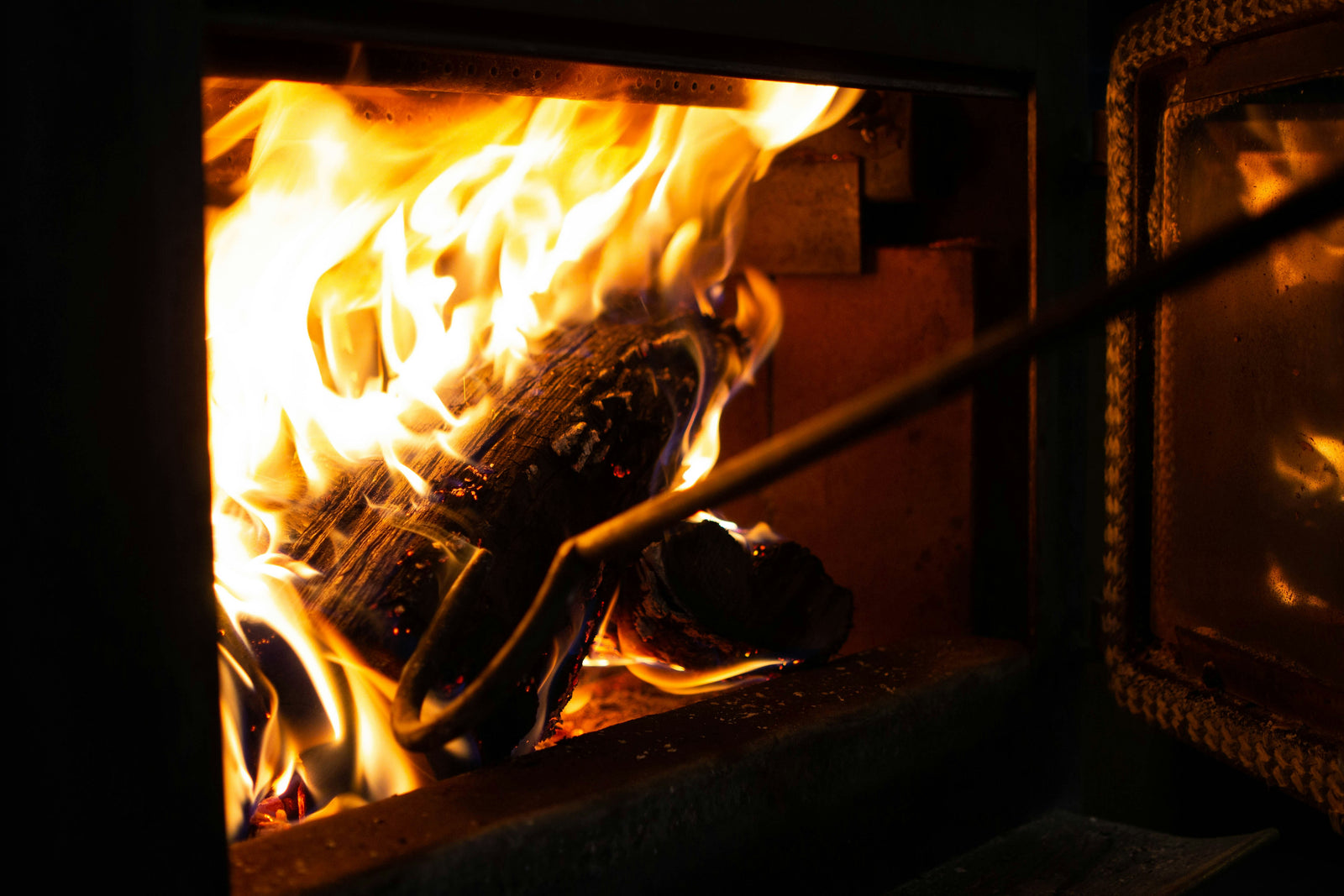A wood-burning stove is one of the best home heating methods. You can’t beat the balance of efficient heating, delightful ambiance, and sustainability these provide over the alternatives.
But, all good things come to an end. Even the best wood stove has a life expectancy. So, how long do wood stoves last? What are the signs one is nearing the end of its useful life? What can you do to prolong the wood stove lifespan, if anything?
These are just a few of the questions we’ll answer in this guide to the wood-burning stove life expectancy. These can typically last a few decades, but the type of stove, how it’s installed, and how it’s used will all play a role.
One of the best ways to ensure a long useful life is to start by investing in a quality stove from a trusted brand, like Buck Stove. These are built to last with premium-grade components that can stand the test of time.
They’re available right here at Outdoor Direct, where you’ll discover the lowest prices online with world-class customer service every step of the way. Find the perfect wood stove online today!
Do Wood-Burning Stoves Wear Out?
It should come as no surprise that yes, wood-burning stoves wear out. Given the harsh conditions they exist in it’s clear they take on quite a bit of wear and tear when used. But what specific components are most at risk?
- Baffle Plate: This is located inside the stove and directs heat and gases within the firebox. It can warp or crack over time due to the intense heat it’s exposed to, which in turn can compromise stove efficiency.
- Door Gasket: This forms an airtight seal to control airflow and maintain efficient combustion. It too can wear out or degrade as time goes on, leading to air leaks that also reduce the stove's performance.
- Firebricks: These commonly line the interior of the firebox to protect the stove body from direct flame and help retain heat. With age they can crack or disintegrate, causing inefficient operation.
- Catalytic Combustor (in catalytic stoves): This helps burn off smoke particles at lower temperatures to increase efficiency. However, these combustors tend to wear out within 10 years at which point replacement is necessary.
Don’t sweat it - most of these components can be replaced to help you kick the can further down the road. But, how long do wood stoves last typically before complete replacement is needed?
How Long Do Wood Stoves Last?

The average wood-burning stove lifespan is between 20 and 40 years - assuming proper installation and maintenance. But, where exactly our wood stove life expectancy will fall depends on the type of stove in question:
- High-End Cast Iron Stoves: These can last 30 years or more with regular care.
- Steel Stoves: The slightly lighter construction leads to a shorter lifespan of 10 to 20 years.
- Catalytic Wood Stoves: These can last longer if the catalytic component is regularly replaced. With more maintenance comes higher efficiency over a longer period.
- Non-Catalytic Wood Stoves: These have fewer replaceable components which means fewer issues over time, but they may not last quite as long as catalytic models.
Of course, the actual longevity will vary from manufacturer to manufacturer, as not all brands produce the same quality. How you use the stove will influence its lifespan as well.
Comparison With Other Heating Methods
So, how long do wood stoves last compared to other options? Just to put the wood stove life expectancy into context, we want to show you how it compares to other common home heating methods:
- Gas Furnaces: These can work well for 15 to 20 years, meaning a quality wood stove can easily outlast one of these systems.
- Electric Heaters: These have a lifespan of 20 to 30 years depending on usage and upkeep. Wood stoves have a similar longevity andare more eco-friendly.
- Pellet Stoves: These have more mechanical parts for operation and usually last 15 to 20 years, making wood stoves a longer-lasting alternative if properly maintained. Learn more about the differences between pellet stoves vs wood stoves in our blog.
- Heat Pumps: These can last anywhere from 10 to 15 years, though some models can extend to 20 years. Wood-burning stoves have an obvious edge here.
While wood-burning stoves may require more regular cleaning and maintenance than other systems, we feel it’s well worth it for the increased longevity you’ll get in turn. With the right care, they outlast many modern heating solutions while offering a more enjoyable aesthetic.
Ways to Increase the Wood-Burning Stove Lifespan
The wood stove life expectancy is not set in stone - there are so many things you can do that will either extend it or cause premature failure. Here are some tips to preserve performance for as long as possible.
Burn Quality Wood
Hardwoods like oak, maple, and hickory burn hotter and produce less creosote compared to softwoods like pine or fir. This is because they’re denser and contain less sap.
Creosote can lead to chimney fires and degrade the internal components of your stove, so it’s worth paying a bit more to burn better wood.
But even within the hardwood family, you need to make sure the wood is being seasoned correctly. A moisture content below 20% is ideal. Burning wet or unseasoned wood can increase creosote accumulation, cause inefficient combustion, and speed up the stove’s wear.
Regular Maintenance
A bit of TLC will go a long way in bolstering your stove’s longevity. It’s also a safety measure, for that matter. Cleaning out ash and debris regularly will help prevent buildup that can cause blockages and lower efficiency.
You should also take the time annually to inspect and clean the stove’s baffle plate, door gasket, and flue system - more if you use the stove daily.
Having your chimney swept annually is also important to remove any accumulated creosote or soot. As we mentioned earlier, creosote impairs the stove’s performance and is a fire hazard.
Make sure you’re regularly checking for any loose or damaged parts as well. Replacing these in a timely manner can save you from dealing with bigger issues down the line.
Proper Installation
If your stove is already installed it’s too late for this tip. But going forward, investing in professional installation is well worth it as this can make or break your stove’s life expectancy.
Improper installation can lead to overheating, poor ventilation, and inefficient combustion, all of which can shorten your stove's lifespan. On the other hand, proper installation won’t just ensure your stove lasts longer, but that it operates more efficiently over the course of its life as well.
Again, this is a safety matter as well. So, if you aren’t hiring an expert, take the time to read through the manufacturer's guidelines before you get to work. Proper clearance from combustible materials, correct flue sizing, and optimal venting are all important considerations.
Optimal Usage
Beyond the wood you choose to burn, the actual usage of your stove influences its life expectancy as well.
Overfiring is a common mistake we see owners make that degrades their stove’s lifespan. This is where you burn the stove at extremely high temperatures. It can cause parts like the baffle plate and firebox to warp or crack due to excessive heat.
So, make sure you’re aiming to keep the stove burning within its optimal temperature range. This is typically between 300°F and 500°F. Use a stove thermometer to monitor the temperature.
Signs Your Wood Stove is Nearing the End of Its Life

Even if you follow all our advice on how to improve the wood-burning stove lifespan, it will eventually need to be replaced. The sooner you come to terms with this and navigate the replacement, the better.
But, what are the signs your wood stove is nearing the end of its life and you need to start your search for a new stove? We’ll cover the most common indicators below.
Warping or Rusting
The metal components of your stove like the firebox, baffle plate, or door, may begin to warp or rust due to prolonged exposure to high heat and moisture.
This can affect the stove’s ability to seal properly and burn efficiently. Rust in the firebox or flue specifically can also create structural concerns. You should start looking for a replacement at the first sign of either of these issues.
Inefficient Operation
If you notice your stove is no longer heating your home as efficiently as it used to despite burning the same amount of wood in the same conditions, you can reasonably assume the end is near.
Inefficiency could be due to damaged components, leaks in the door gasket, or a degraded baffle plate. Whatever the case, you’re going to find it more affordable to replace the stove altogether so you aren’t burning excess wood.
Learn more about how efficient are wood stoves in our blog so you can set your expectations for performance and watch out for issues.
Physical Damage to Components
Cracks in the firebricks, a damaged glass door, or worn-out door gaskets are also indicators your stove is past its prime. These problems all share a common theme of exposing the system to air leaks, in turn causing inefficient combustion and heat loss.
Sure, sometimes individual components can be replaced. But if you’re dealing with multiple problems at once or are already towards the end of your expected wood stove lifespan, it might be worth considering complete replacement.
Excess Smoke Production or Creosote
A properly functioning wood stove produced minimal smoke and creosote. So the more of these two things you notice, the more likely there is an issue in your stove’s ventilation system or combustion process. In other words, it’s time to find a replacement.
Invest in Lasting Performance at Outdoor Direct With a Wood Stove That Will Stand the Test of Time!

Discovering that your wood stove needs to be replaced is certainly not ideal. You rely on this to keep your home warm and cozy, and the thought of having to shell out another few thousand dollars can be stressful.
The good news, though, is your search for small wood stoves from the most trusted brands in the industry ends right here at Outdoor Direct. Our partnership with Buck Stove means you can shop with confidence knowing you’re getting the longest-lasting stove available.
Better yet, you’re getting it at the lowest price online thanks to your price-matching policy, free shipping, and no sales tax in most jurisdictions (exclusions apply). You can stretch your budget further by shopping with us.
You’ll gain access to catalytic, non-catalytic, and even zero-clearance models depending on your specific needs and preferences. Choose from a variety of finishes and BTU ratings.
With efficiency ratings up to 80%, EPA certification, versatile installation options, heat circulation enhancement, and of course, a stunning aesthetic appeal that complements any space, the perfect stove is just a click away.
Whether you need small wood stoves for cabins, wood stoves for tiny homes, wood stoves for mobile homes, or anything in between, you can rest assured Outdoor Direct has you covered.
Don’t stress about choosing the right stove, either. Get in touch with our customer service team and we’ll talk over your needs and budget and point you in the right direction. Take the next step today!
Final Thoughts on the Wood-Burning Stove Life Expectancy
So how long do wood stoves last? We hope this guide has left you with a clear understanding of what you can expect in your wood stove lifespan. It ranges from as few as 10 years to as long as 30+ years depending on the type of stove and how you use it/care for it.
Remember to follow our advice on maximizing the wood-burning stove life expectancy and watch out for the telltale signs replacement is imminent so you can prepare accordingly.
But when the time ultimately comes to start fresh, Outdoor Direct is your trusted source for the longest-lasting wood stoves online. With access to industry-leading brands at rock-bottom prices and world-class service along the way, what more could you ask for?
Extend the warmth of your home for years to come. Make the smart investment at Outdoor Direct today!








